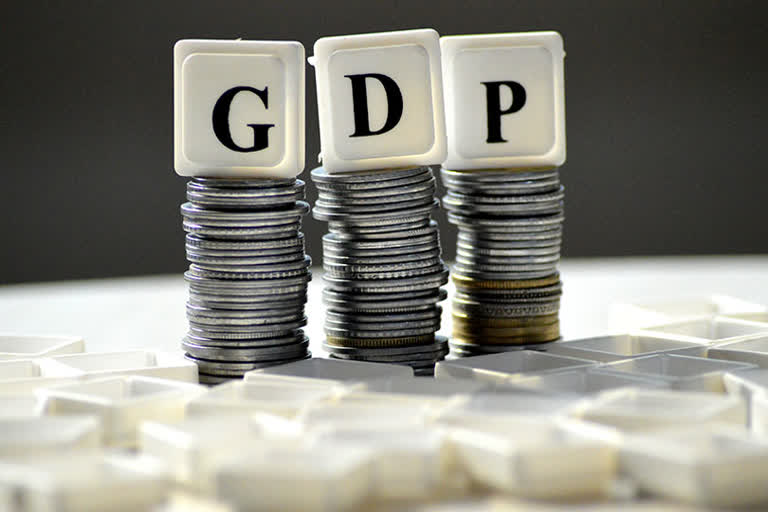New York/New Delhi: GDP growth in India and few other large emerging countries may gain some momentum this year after the global economy recorded its lowest growth of 2.3 per cent in 2019 due to prolonged trade disputes, a UN study said on Thursday while lowering its current and next fiscal forecasts for the Indian economy.
According to the United Nations World Economic Situation and Prospects (WESP) 2020, a growth rate of 2.5 per cent is possible in 2020, but a flare up of trade tensions, financial turmoil, or an escalation of geopolitical tensions could derail a recovery.
In a downside scenario, global growth would slow to just 1.8 per cent this year, it added.
It lowered its GDP growth estimate for India to 5.7 per cent in the current fiscal (from 7.6 per cent forecast in WESP 2019) and lowered its forecast for the next fiscal to 6.6 per cent (from 7.4 per cent earlier). It has also forecast a growth rate of 6.3 per cent for the fiscal beginning in 2021.
The report pegged India's GDP growth rate for the previous fiscal at 6.8 per cent.
According to the UN study, one in five countries will see per capita income stagnate or decline this year, but listed India among few countries where the per capita GDP growth rate could exceed 4 per cent level in 2020.
A prolonged weakness in global economic activity may cause significant setbacks for sustainable development, including the goals to eradicate poverty and create decent jobs for all. At the same time, pervasive inequalities and the deepening climate crisis are fuelling growing discontent in many parts of the world.
"These risks could inflict severe and long-lasting damage on development prospects. They also threaten to encourage a further rise in inward-looking policies, at a point when global cooperation is paramount," UN Secretary-General António Guterres warned.
Read more:SC stays HC order allowing shifting of HDIL promoters from jail to their residence
The GDP growth in the United States is forecast to slow from 2.2 per cent in 2019 to 1.7 per cent in 2020.
In the European Union, manufacturing will continue to be held back by global uncertainty, but this will be partially offset by steady growth in private consumption, allowing a modest rise in GDP growth from 1.4 per cent in 2019 to 1.6 per cent in 2020.
Despite significant headwinds, East Asia remains the world's fastest growing region and the largest contributor to global growth, as per the report.
In China, GDP growth is projected to moderate gradually from 6.1 per cent in 2019 to 6.0 per cent in 2020 and 5.9 per cent in 2021, supported by more accommodative monetary and fiscal policies.
"Growth in other large emerging countries, including Brazil, India, Mexico, the Russian Federation and Turkey, is expected to gain some momentum in 2020," the UN report said.
As the global economic balance is shifting from the EU, the US and other developed countries towards China, India and other developing countries, global economic decision-making power is shifting as well, it noted.
"Global cooperation mechanisms will need to recognize this shifting balance while continuing to allow the under represented to be heard," it added.
The UN report also said that eradicating poverty will increasingly rely on tackling inequality going forward.
"The share of the population living in extreme poverty has declined steadily and significantly over the past few decades, largely owing to successful experiences in China and India," it noted.
Although progress has been achieved in global terms, the number of people living in extreme poverty has risen in several sub-Saharan African countries and in parts of Latin America and the Caribbean and Western Asia.
"Sustained progress towards poverty reduction will require both a significant boost to productivity growth and firm commitments to tackle high levels of inequality," the report said.
The WESP is an annual UN flagship publication on the state of the world economy, viewed through the lens of the 2030 Agenda for sustainable development.
It is a joint product of the UN Department of Economic and Social Affairs, the UN Conference on Trade and Development (UNCTAD) and the five UN regional commissions.
The World Tourism Organization (UNWTO), UN Office of the High Representative for the Least Developed Countries, Landlocked Developing Countries and Small Island Developing States (UN-OHRLLS), and the International Labour Organization (ILO) also contributed to the report.



